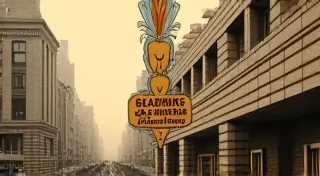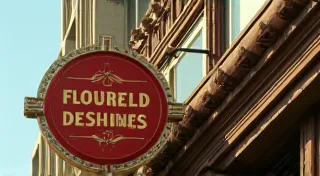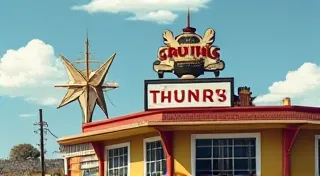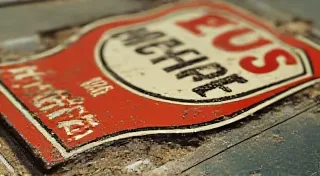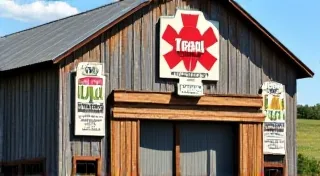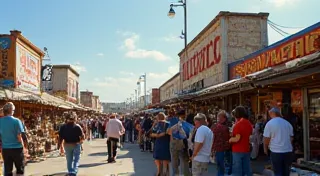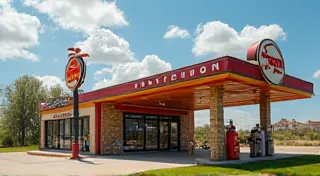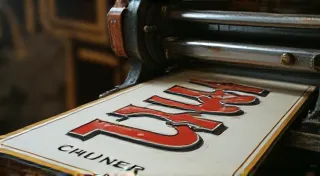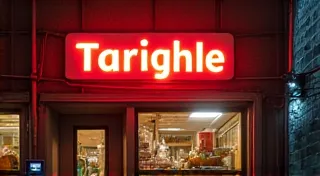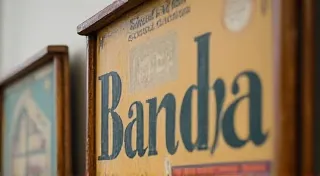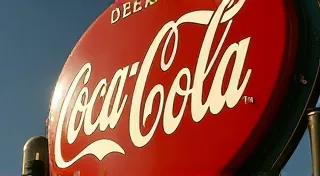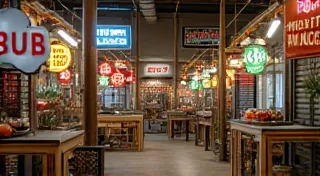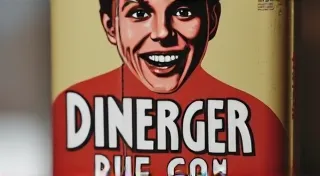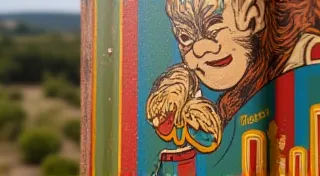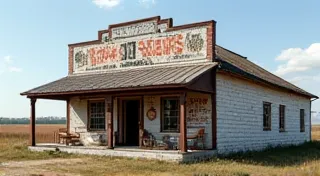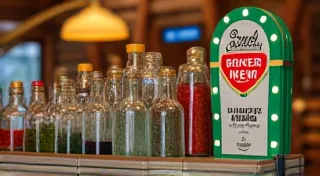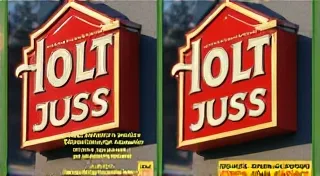Collecting Vintage Advertising Signs: A Journey Through Time and Americana
Welcome to a captivating world where forgotten brands whisper stories of a bygone era. This is your comprehensive resource for identifying, appreciating, and collecting vintage advertising signs. Whether you're a seasoned collector or just beginning your exploration of this fascinating hobby, you're in the right place. Prepare to delve into the history, artistry, and value of these remarkable pieces of Americana.
The Allure of the Past: Why Collect Vintage Signs?
There’s a unique charm to collectible signs that transcends their original purpose. They're more than just relics of past businesses; they are vibrant windows into the cultural landscape of America—and beyond. Each sign tells a story of innovation, marketing strategies, and the evolving tastes of consumers. They evoke a sense of nostalgia, transporting us back to a time when gas stations looked different, soda fountains were a community hub, and advertising was an art form.
Imagine holding a piece of history in your hands – a tangible reminder of a brand that may no longer exist, or a product that has long since been replaced. The craftsmanship alone is often remarkable. Consider the techniques used – from the intricate details of litho vs. screen printing in early signs to the durability of cast metal signs. These signs weren't disposable; they were built to last, and many have weathered the decades, becoming treasured artifacts of American history. They represent an era when businesses invested in their public image, creating durable, eye-catching advertisements that reflected a commitment to quality and longevity.
Beyond the financial investment, collecting vintage signs fosters a connection to the past. It’s a way to preserve and share stories that might otherwise be lost to time. A faded sign advertising a local ice cream parlor might evoke cherished memories for a long-time resident, while a rare sign from a national brand can offer insights into the evolution of marketing and consumer culture. The act of collecting itself becomes a form of historical preservation, ensuring that these tangible links to the past are appreciated and understood by future generations.
Exploring the Landscape of Sign Collecting
The world of antique advertising is vast and varied. There's something for everyone, from the budget-conscious novice to the serious investor. Here, we’re breaking down some popular collecting categories to inspire your own unique path.
Popular Sign Categories
- Automotive Advertising Signs: Relive the golden age of motoring with signs promoting classic cars and gas stations. Our page on The Golden Age of Automotive Advertising Signs delves into this fascinating area. The rise of the automobile fundamentally altered American society, and the advertising signs of that era reflect the optimism and excitement surrounding this new form of transportation.
- Beer Advertising Signs: A “hoppy pursuit” for many collectors, these signs often feature iconic breweries and vintage beer styles. Check out our detailed guide: Collecting Beer Advertising Signs: A Hoppy Pursuit. The beer industry has a long and storied history in America, and the advertising signs of that era offer a glimpse into the evolution of brewing techniques and marketing strategies.
- Soda Fountain Signs: Evoke the sweet nostalgia of old-fashioned soda fountains with signs promoting ice cream, sodas, and other treats. Our page explores Signs of the Soda Fountain: Advertising Sweet Treats. Soda fountains were once community gathering places, and the signs that advertised them represent a simpler, more convivial era.
- Farm & Ranch Signs: Celebrate rural life with signs advertising agricultural products and services. Our page details Farm & Ranch Advertising Signs: Promoting Rural Life. These signs offer a window into the challenges and rewards of agricultural life in America.
- Texaco Signs: For those with a specific interest, Identifying & Valuing Texaco Advertising Signs: A Collector's Guide offers in-depth information. Texaco's iconic logo and advertising campaigns have become synonymous with American automotive history.
- Dairy and Ice Cream Signs: These signs, often featuring charming illustrations of cows or playful mascots, represent a bygone era of small-town dairies and local ice cream parlors.
- Restaurant and Diner Signs: Evoking the atmosphere of classic American diners and roadside eateries, these signs often boast bold lettering and vibrant colors.
Understanding the Art and Techniques
Beyond simply identifying a sign, understanding *how* it was made enhances appreciation and often influences value. The techniques used in producing advertising signs evolved significantly over time.
- Porcelain Enamel Signs: The enduring appeal of these signs is no accident. Learn about their history and why they're so desirable in our comprehensive guide: Protecting Your Sign Collection: Storage and Display Tips. The process of creating porcelain enamel signs was both complex and expensive, resulting in durable and visually striking advertisements.
- Lithography: This printing technique, prevalent in the early 20th century, allowed for the reproduction of intricate illustrations and detailed artwork on signs.
- Screen Printing: A more modern technique, screen printing allowed for the mass production of signs with vibrant colors and crisp imagery.
- Cut-Out Signs: These signs, featuring intricate cut-out designs, were often used to advertise theatrical performances and other events.
- Neon Signs: These eye-catching signs, often used to advertise businesses open late at night, have become iconic symbols of American urban culture.
Understanding the historical context of these techniques can also shed light on the evolution of advertising itself. Early signs were often handcrafted, reflecting the skills and artistry of local sign makers. As technology advanced, mass production techniques emerged, allowing for the creation of more affordable and visually consistent advertisements.
Geographic Influences and Collecting Etiquette
Advertising often reflects regional identity. Collecting Signs by Region: Local Brands and Advertising highlights the unique brands and advertising styles that define different areas. The impact of geography is also captured in The Cartographer's Palette: Mapping the Geography of Lost Advertising Landscapes. The Southwest, for example, boasts a distinct advertising aesthetic, with signs often incorporating Native American imagery and themes. The Northeast, on the other hand, features signs that reflect the region's industrial heritage.
Whether buying, selling, or trading, it’s important to adhere to a certain code of conduct. Sign Collecting Etiquette: Buying, Selling, and Trading outlines best practices for ethical and respectful interactions within the collecting community. Authenticity and transparency are key. Misrepresenting the condition or origin of a sign is a serious offense within the collecting world.
Caring for Your Collection
Once you’ve built your collection, protecting your investment is paramount. Proper storage and display tips can significantly impact the long-term preservation of your signs. Our guide, Protecting Your Sign Collection: Storage and Display Tips, provides practical advice. Consider factors like humidity, temperature, and exposure to sunlight. Restoration, while sometimes necessary, should be undertaken with caution and by experienced professionals.
The Holy Grails of Sign Collecting
Every collector dreams of finding that one-in-a-million sign—the “holy grail” of their collection. Our article explores Rare and Unusual Advertising Signs: The Holy Grails of Sign Collecting and what makes certain signs so coveted. Factors like rarity, condition, historical significance, and artistic merit all contribute to a sign's value. Signs associated with famous brands, significant events, or pioneering figures are particularly sought after.
The Psychology and History Behind the Signs
Understanding the psychology of advertising signs – how they were designed to influence consumer behavior – adds another layer of appreciation. Our article, The Psychology of Advertising Signs: How They Were Designed to Sell, will give you insight into this fascinating topic. Consider the use of color, typography, and imagery to evoke specific emotions and associations. Furthermore, consider the impact of visual style. Our article explores the impact of The Influence of Art Deco on Advertising Sign Design.
Lost brands and faded advertisements can be evocative. Consider the intriguing world of Echoes in Enamel: How Forgotten Brands Whisper Stories of a Bygone Era. And appreciate the visual beauty of Chromatic Ghosts: The Subversive Beauty of Faded Signage. Often, the most compelling signs are those that tell a story – a story about a community, a product, or a moment in time.
Building Your Collection: Resources and Communities
Joining a collecting community is an excellent way to learn from experienced collectors, discover new treasures, and build lasting friendships. Numerous online forums, social media groups, and regional collecting clubs provide a supportive environment for enthusiasts of all levels. Attending antique shows and auctions is another great way to expand your collection and connect with other collectors. Don't be afraid to ask questions and share your knowledge – the collecting community thrives on collaboration and mutual support.
